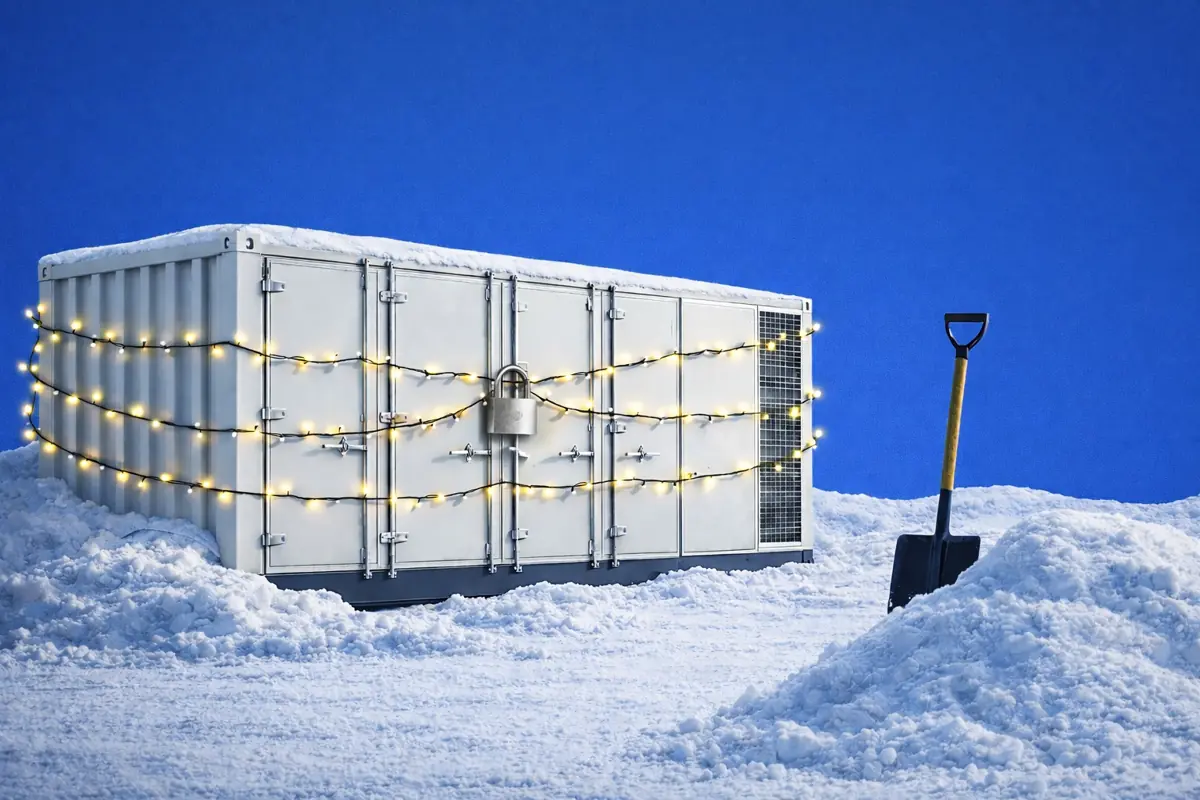Getting the most out of revenue forecasts for BESS
There are lots of revenue forecasts out there. And all of them have very valid reasons why they’re the numbers that you should be using.
This article isn’t to persuade you that our forecast is the best. Instead, the aim of this article is to help you ask the right questions when looking at what the future could look like for your investments into battery energy storage.
So we hope it helps.
Understanding the assumptions in your forecasts
When forecasts are created, they’re created to simulate a future physical world. We don’t have the time or resources to physically build that world to test out a strategy, so we build a mathematical version of that world to represent it as closely as possible.

But there are a huge number of assumptions that go into creating these worlds, and it’s essential that you make sure the assumptions in these forecasts align with your own. Or at a minimum that they don’t contradict your business’ views on the world.
For example, what do the forecasts you’re looking at assume for electricity generation from hydrogen? If your business is heavily investing in hydrogen or is even skeptical, then you probably want to make sure that the forecast you’re using shares a similar world view.
A big assumption that the forecasting world is grappling with right now is around the build-out of data-centres and large flexible loads like bitcoin mining. Something that we haven’t completely worked out at Modo Energy yet...
As an example, you can find the key assumptions that we use here.
Understanding the methodology
Agreeing with assumptions is critical. But long-term, 30-year, revenue forecasts are made up of smaller time blocks. And so making sure that you agree with the world that’s created for every 5 minutes or half-hour modelled is impossible.
To get truly comfortable it’s important to understand the methodology and the assumptions.
The methodologies used in forecasts are complex. Naturally, it’s not that simple to model the real world well. And so here are some questions that we suggest you ask to get started:
- How do prices impact the capacity that gets built?
- How do larger, thermal power generation assets ramp up and down?
- Do the revenue streams in forecasts match the reality right now? Should they?
Getting the outputs you need
At Modo Energy we split the use case for forecasts into two types of use:
For specific assets and projects
It’s fairly obvious, but for specific assets and projects, you need to make sure the forecasts are specific to those assets and projects.
The location, size, duration, warranty conditions, expected operations all impact the future potential of an asset. And so the first step for specific assets is actually all about the right inputs.
Here’s a link to the inputs we think you need.
For the outputs, it’s all about having the details you need for your business model. At minimum, that should be a single row of data with revenues for each month across the columns.
To inform strategy
If you’re looking to spend hundreds of millions on battery energy storage over the next 5 years then making sure you’re looking for the right opportunities is key.
Forecasts can help you to quickly test strategies and to understand potential sensitivities. For example, should you be looking at 2-hour assets? Or maybe 4-hours? Should you be looking next to demand centres, or next to transmission constraints?
Forecasts by themselves are unlikely to fully answer these questions well. But access to forecasts that can quickly provide data to help with these decisions can be the edge that means opportunities get realised.







